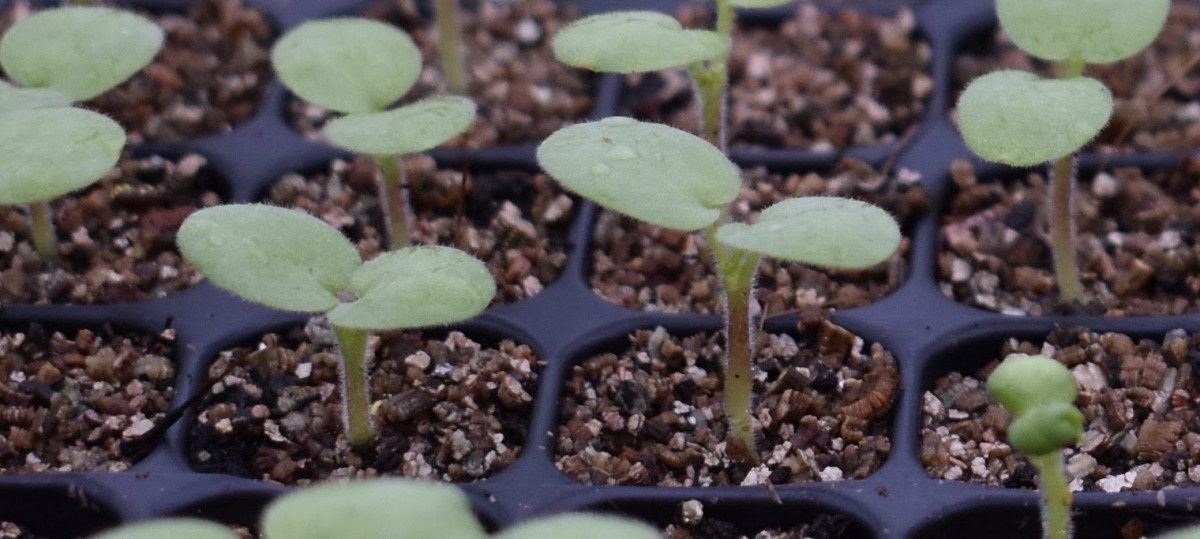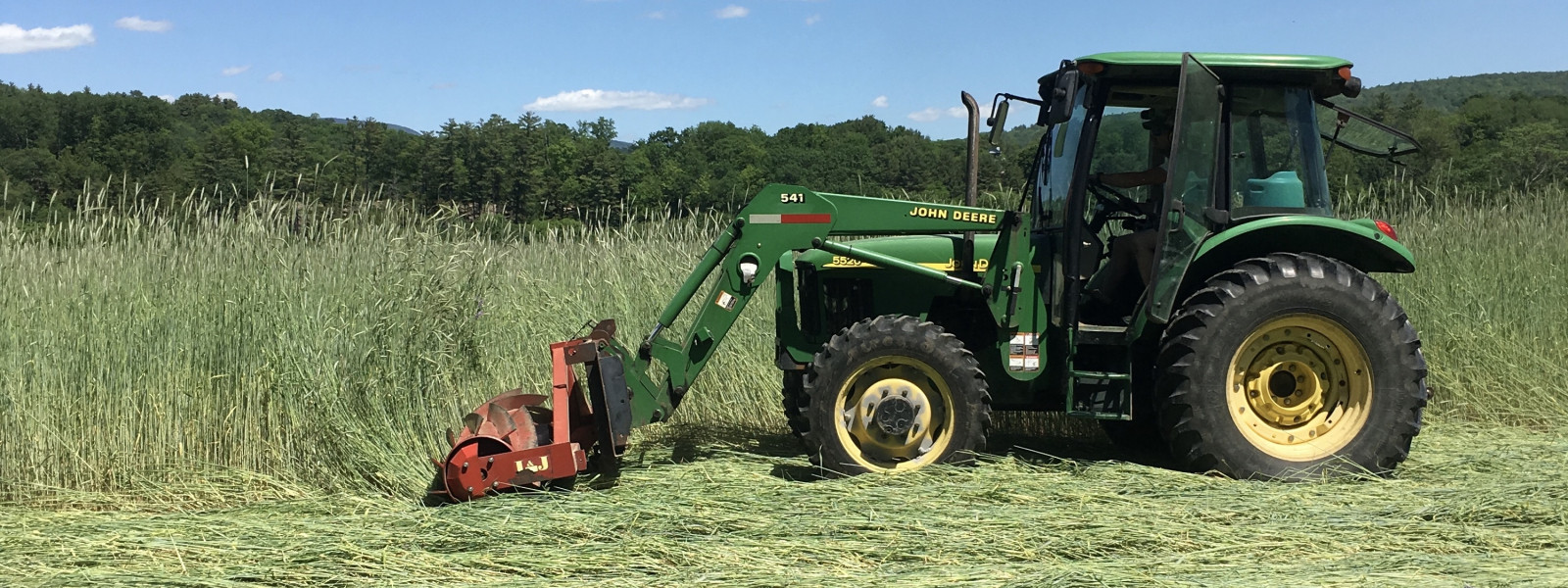This Week at the Farm: Garden Planning, Crop Rotating, Seed Saving

In the winter, especially during a deep freeze, we often find ourselves yearning for warmer days, lush summer gardens, and delicious, fresh produce. This is the perfect time to start planning your home gardens (we’ve been planning ours for weeks!).
Sit by the fire with a hot beverage and keep reading to learn more about how we plan our fields and greenhouses. You’ll also get some tips for planning your own gardens!
Mapping & Rotating
Here at the farm, preparation for the coming growing season began in the fall. Our Vegetable Department Manager Taylor took note of the cover crop varieties in each field. Knowing this will help him decide where certain cash crops will be planted for the 2019 season.
For example, fall storage crops are always planted after sweet clover. To give you an idea of the bigger picture, let’s look at the life cycle of a strawberry field. At the end of the season, after the field is turned over, we plant an oats and peas cover crop. The following season, it’ll be the location our first spring vegetables. When we’re done harvesting them, we’ll plant a cover crop of rye and vetch and let the field rest for a year.
Taylor also paid attention to where crops were planted in previous years. A good rule to follow is to avoid planting plants from the same family (i.e. brassicas) in the same field for 3 to 4, or ideally 5, years. This will help break the pest and disease cycle and prevent them from carrying over from year to year. In your home garden, you should move plant families around as much as possible.
Choosing Varieties
So how do we decide exactly which varieties to grow? Through years of trial and error, we’ve identified the plant varieties that work well with our soil and produce the highest yields. Our Annuals & Perennials staff, who seed the vegetable and herb starts (for sale in the greenhouses in the spring), make decisions based on our experiences with different varieties. When we grow something in the field and it turns out well, we’ll sell those varieties to our customers in future seasons.
We don’t always stick to the same varieties, though. Seeds can be out of stock or a company may no longer carry them. And sometimes, it’s just fun to try new things! This year, keep an eye out for pickling cucumbers and new varieties of hot and sweet peppers in the farmstand.
Ordering Seeds
Four agrochemical/seed companies control over 60% of the global seed supply. Consequently, farmers have fewer options available to them and are forced to pay higher prices for seeds. But this monopoly also may have a more lasting impact on our food system. These companies “aggressively protect” their intellectual property rights. With less competition, innovation, which could help us to develop a more resilient food system, is restricted. Click here to read more.
Our main seed suppliers are Johnny’s Selected Seeds, Harris Seeds, and High Mowing Organic Seeds. All carry organic options and are open to the public! While it can be exciting to browse through paper catalogs, these companies have excellent websites and online resources.
Wondering which plants to start from seed and which ones you should buy from us as starts to transplant in the spring? Click here.
Seed Saving
Seed saving not only saves you money, it can also help you grow better crops and become more self-reliant. If you’re trying it for the first time, be sure to start with open-pollinated seeds (not F1 hybrids). The seeds will stay true-to-type and produce the same fruit year after year.
If you’re interested in learning more about seed saving or want to meet other like-minded people, check out the Upper Valley Seed Savers Group! They also have a ton of great resources that will help you with your seed saving adventures.
Remember to Take Notes!
As we mentioned earlier, it’s fun to try new things! If you do decide to plant something different, remember to keep notes during the growing season. It may seem silly, but sometimes it’s hard to remember exactly what happened (or even what you planted!) last summer when you finally sit down in the winter to plan for the upcoming season.
Upcoming
- February 22 – CSA Day *stay tuned for details
- April 27 – Opening Day!







